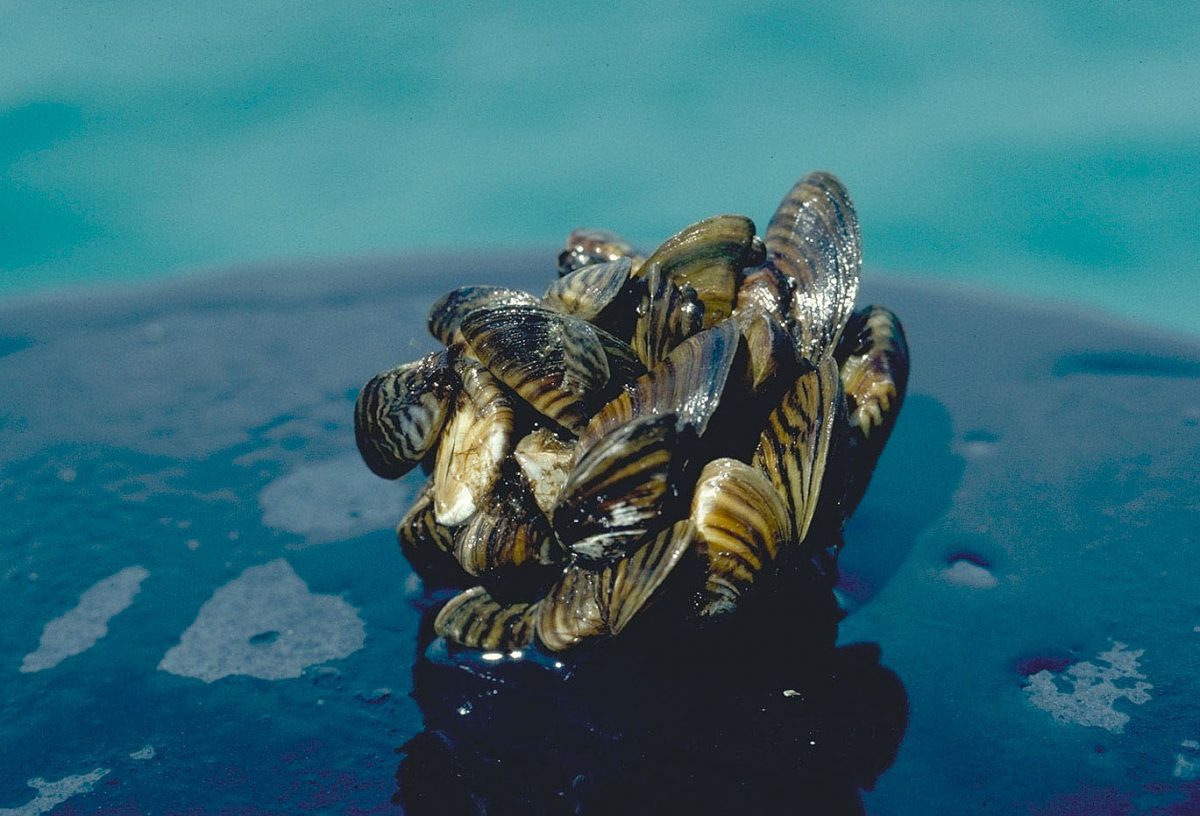The phrase “endangered species” elicits many images: fluffy grizzly bears, majestic gray wolves, stealthy panthers, lovable manatees. But many of the 1,467 current endangered or threatened species on the endangered species list (ESL) are unfamiliar to the average American.
In a 2018 survey conducted by the Association of Zoos and Aquariums, the majority of respondents said they believed there were approximately 100 species on the ESL. Young people were even more off, with most putting the number at 80.
Out of sight and mind, the other 1,300-plus animals on the ESL garner less public support and thus fewer funds for their recovery. Yet these less flashy, cuddly and majestic creatures — like all flora and fauna — play a critical role in the ecosystems they are a part of and are deserving of the time, energy and money necessary for them to once again thrive.
Freshwater mussels, for instance.
With nearly 300 subspecies in North America, mussels make up an important component of the biodiversity of America’s rivers and streams.
Their Contributions
Although North America has the largest number of species of freshwater mussels — or clams — in the world, approximately 72 percent of those are endangered, threatened or designated as a special concern by the states in which they are located. The majority are found in the Midwest, where more than half of the region’s 78 species are classified as such. According to the U.S. Fish and Wildlife Service (FWS), “No other group of animals in the Midwest is so gravely imperiled.”

Compared to 16.5 percent of mammalian and 14.6 percent of bird species, 70 percent of mussels in North America are extinct or imperiled, according to The Nature Conservancy. This is particularly alarming as they are such hardy creatures capable of surviving harsh conditions.
Because they act as a purification system, filtering water for food, mussels are vulnerable to water pollution — from herbicides, pesticides, fertilizers, mining waste and residential and livestock sewage. Although they can close their shells for short periods of time to avoid toxins, long-term exposure is often what kills them.
“The fact that so many mussels are imperiled in the Midwest shows that there have been significant, long-term changes to our lakes and waterways,” the FWS website reads. “And those changes have been so dramatic that these aquatic animals have trouble surviving.”
The fact that so many mussels are imperiled in the Midwest shows that there have been significant, long-term changes to our lakes and waterways.
Easy to overlook, mussels line the bottom of rivers, streams or lakes in large groups called “beds,” covering as much as several acres. Beyond purifying bodies of water, they act as a food source for a variety of animals, including otters, egrets, herons and raccoons.
Their Demise
In addition to the conditions caused by pollution — sedimented, muddy and contaminated river bottoms — many elements have contributed to the demise of mussel species, with dams being another leading cause.
Because of the way in which mussels reproduce — larvae attach to the gills or fins of certain fish, where they remain for several weeks as they transform into juvenile mussels before detaching — dams have been a large impediment to their existence. Present on most large waterways, dams limit fish movement and thus the ability of mussels to reproduce. They also affect the water flow, harming some subspecies that are unable to survive in slower-moving or lower-water conditions.

Non-native, invasive species are another threat to freshwater mussels. The invader currently wreaking havoc on native species is the zebra mussel, which is believed to have been introduced in the Great Lakes by large European ships. By attaching to boats, the zebra mussel has spread to the Illinois and Mississippi rivers.
“They increase in numbers faster than non-native mussels and attach to almost any hard surface, including native mussels,” the FWS website reads. “They reproduce so fast and in such abundance that the native mussels’ movement, feeding, and reproductive behaviors are stifled.”
Although they may not be as endearing as other endangered species, mussels contribute in considerable ways to our aquatic ecosystems, and their presence is indicative of healthy water — good for both humans and wildlife. And while the Endangered Species and Clean Water Acts have done much to aid in the recovery of mussels, much work remains to ensure they will thrive again one day.
Learn what you can do to help here.





